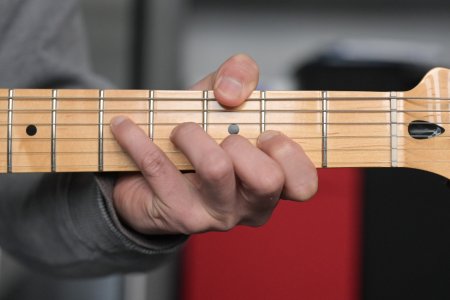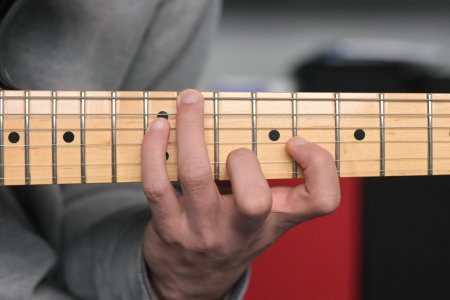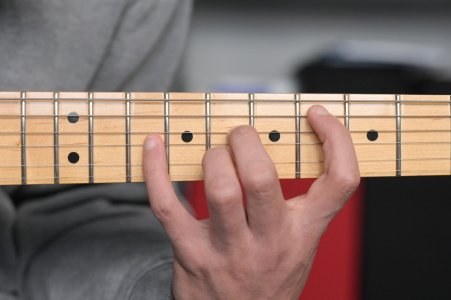Myki
Newbie
- Messages
- 6
Hi guys! I've been wanting to upgrade the neck on my Strat with a 24.75" scale conversion and wanted to hear your opinions on it. I've only ever played on 25.5" electric and acoustic guitars and for the most part get by with a lot of stretching exercises but I do like the idea of getting something more comfortable for my smaller than average sized hands as I grow older. Ideally I would like to try out some other guitars to have a better gauge on the specs, but due to lockdown that's not an option at the moment and honestly I am suffering from a bit of GAS.
Starting with the same neck profile as my Fender Player Strat, I figured that shortening the nut width and scale slightly would be a good option for me. I saw someone build a 7/8 Strat body with 24" Mustang neck and that caught my attention but I'm not sure whether I need to go that far? Especially considering the shipping costs and taxes as I live in Australia, I would prefer going the cheaper route and just get the neck. I posted some photos of some chords instead to perhaps get some opinions on this and whether you think this would be a good fit for me?
My build so far:
- Roasted Maple and Indian Rosewood
- Standard thin profile
- 12" radius (a bit flatter than 9.5" to accommodate a lower action and bending)
- 1 5/8" nut width
- 6150 stainless steel frets
Starting with the same neck profile as my Fender Player Strat, I figured that shortening the nut width and scale slightly would be a good option for me. I saw someone build a 7/8 Strat body with 24" Mustang neck and that caught my attention but I'm not sure whether I need to go that far? Especially considering the shipping costs and taxes as I live in Australia, I would prefer going the cheaper route and just get the neck. I posted some photos of some chords instead to perhaps get some opinions on this and whether you think this would be a good fit for me?
My build so far:
- Roasted Maple and Indian Rosewood
- Standard thin profile
- 12" radius (a bit flatter than 9.5" to accommodate a lower action and bending)
- 1 5/8" nut width
- 6150 stainless steel frets




